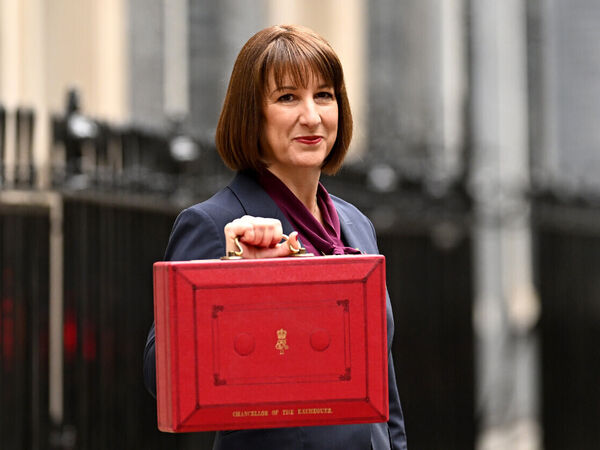Proposed Changes to Agricultural Property Relief (APR) and Business Property Relief (BPR)
The UK government announced significant reforms to Agricultural Property Relief (APR) and Business Property Relief (BPR) from Inheritance Tax (IHT) in the Autumn Budget 2024. These changes are set to take effect from 6th April 2026
Key Changes:
- Capping Relief: The 100% relief currently available for qualifying agricultural and business property will be capped to the first £1 million of the property's value for the combined agricultural and business property.
- Shares on Stock Exchange: The relief rate for shares admitted to trading on a recognized stock exchange, but not listed, the Alternative Investment Market (AIM) for example, will be reduced from 100% to 50% in all circumstances.
- Trusts: For property settled into trust, the relief will apply at a lower rate of 50% after the £1 million allowance has been exhausted. The government is consulting on how these changes will apply to trusts to ensure the rules work as intended and are due late 2025.
- Instalment Payments: The option to pay IHT in equal annual instalments over 10 years, interest-free, will be extended to all property eligible for APR and BPR.
Any value above this threshold will receive a reduced relief rate of 50% effectively making the IHT rate 20% instead of 40%.
Impact:
These changes are expected to increase the IHT liability for estates with significant agricultural and/or business property holdings, particularly those exceeding the £1 million threshold.













